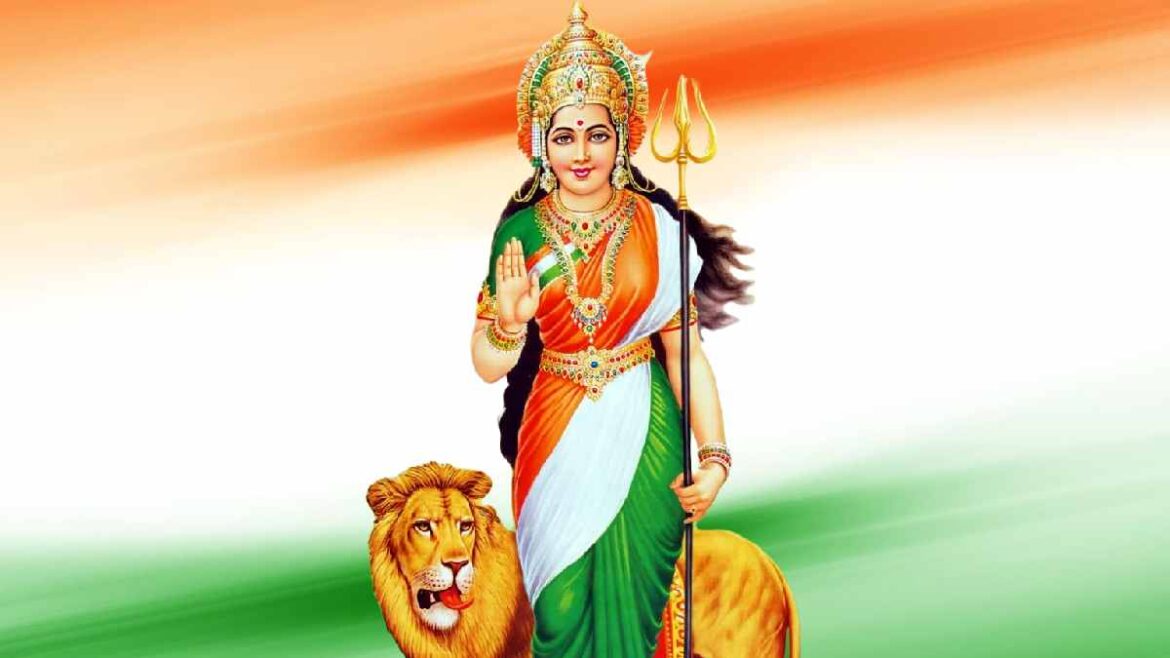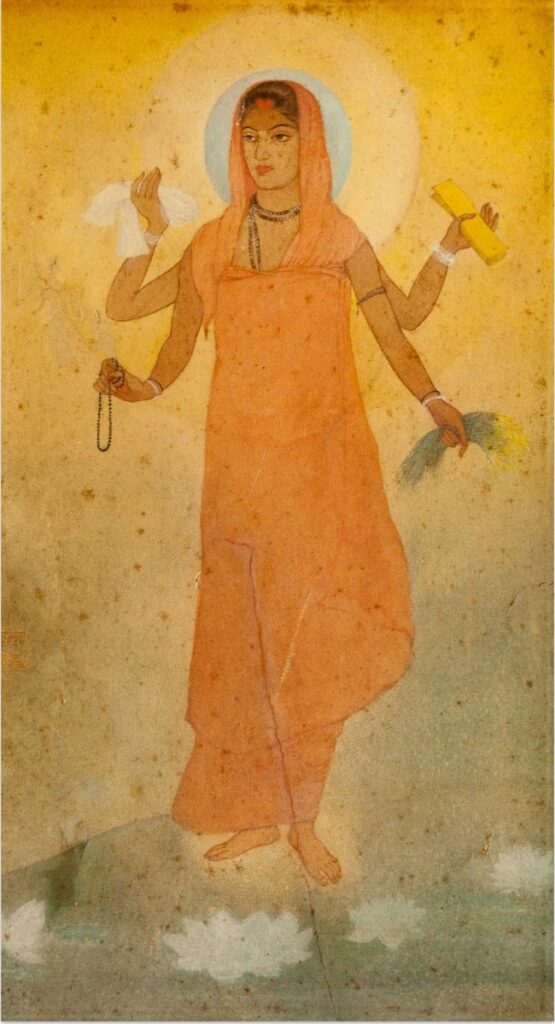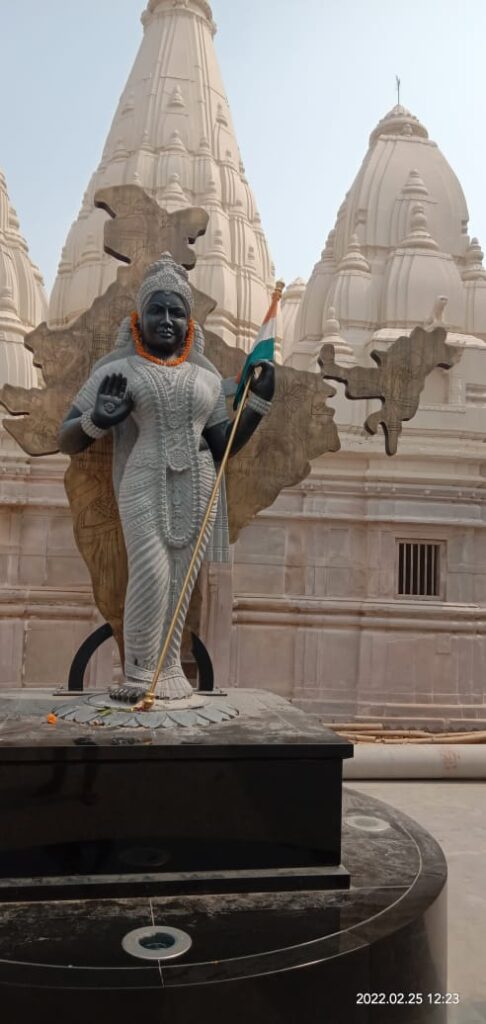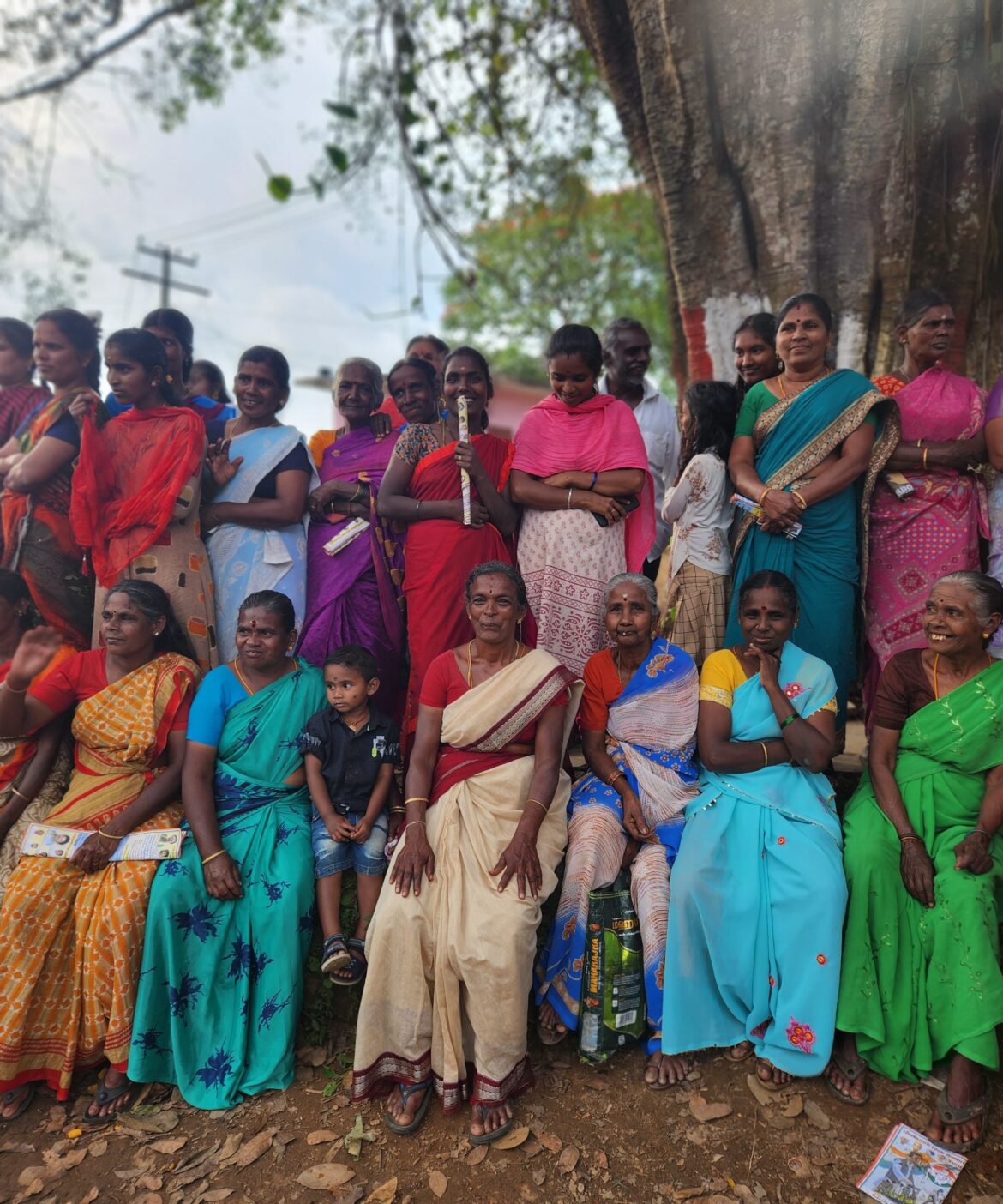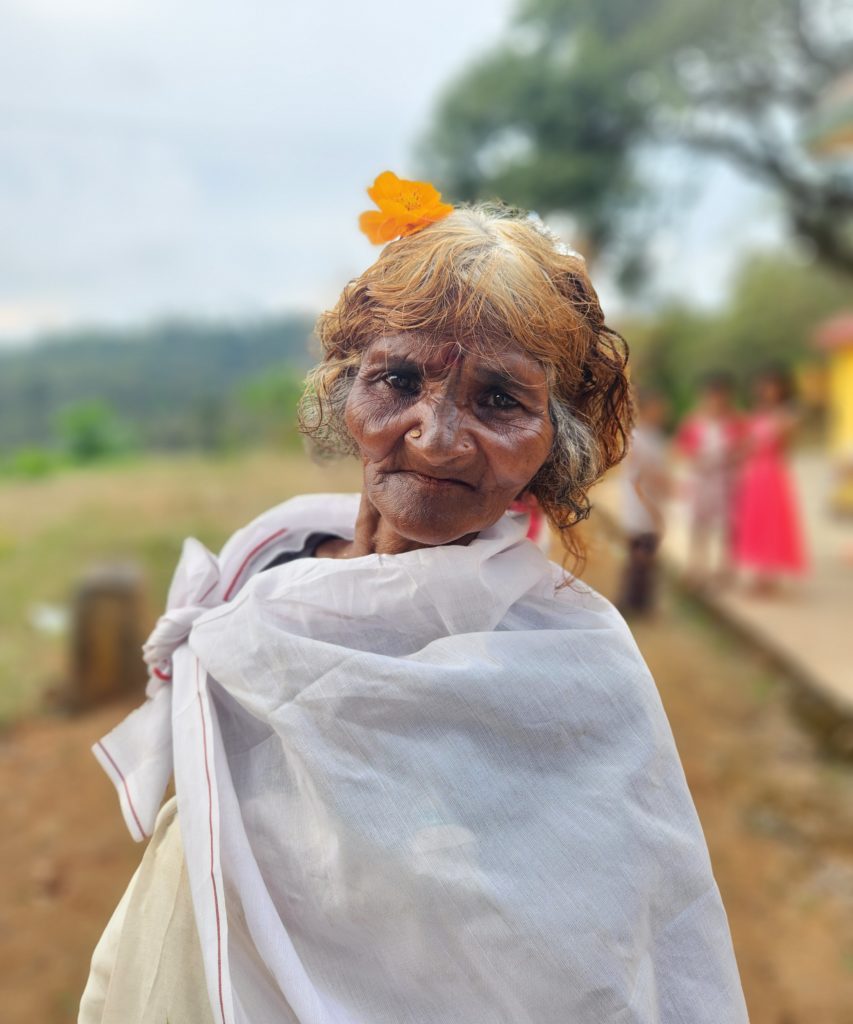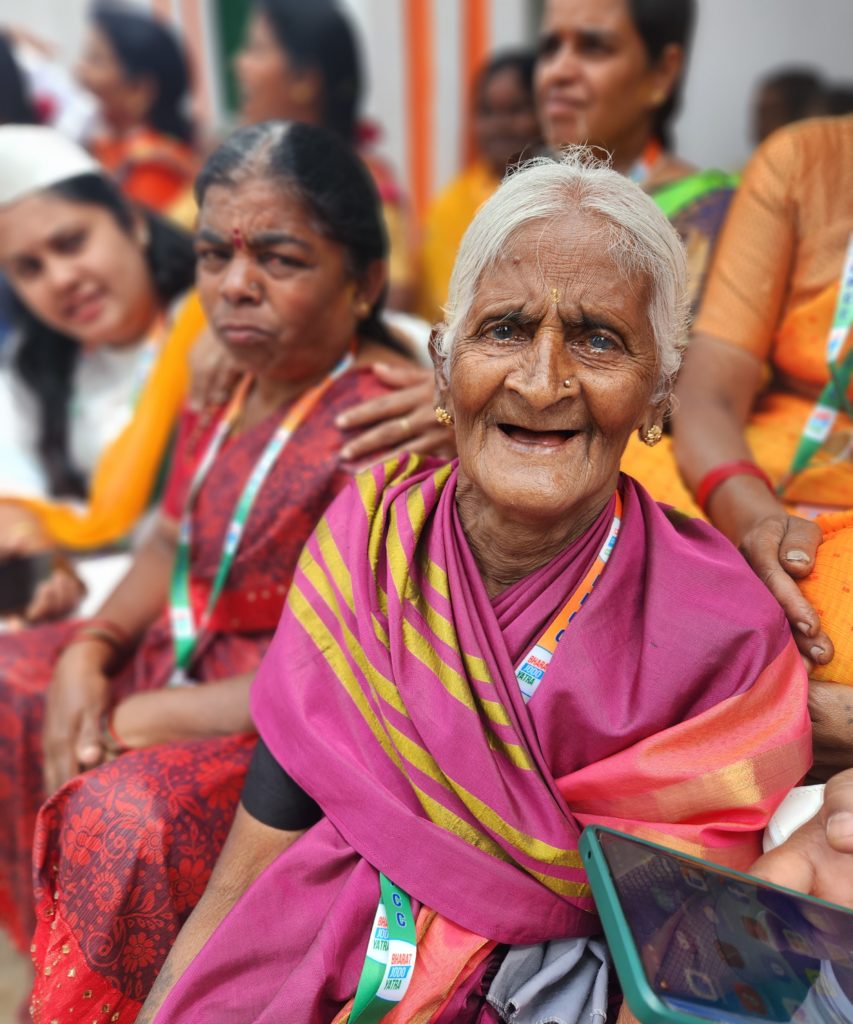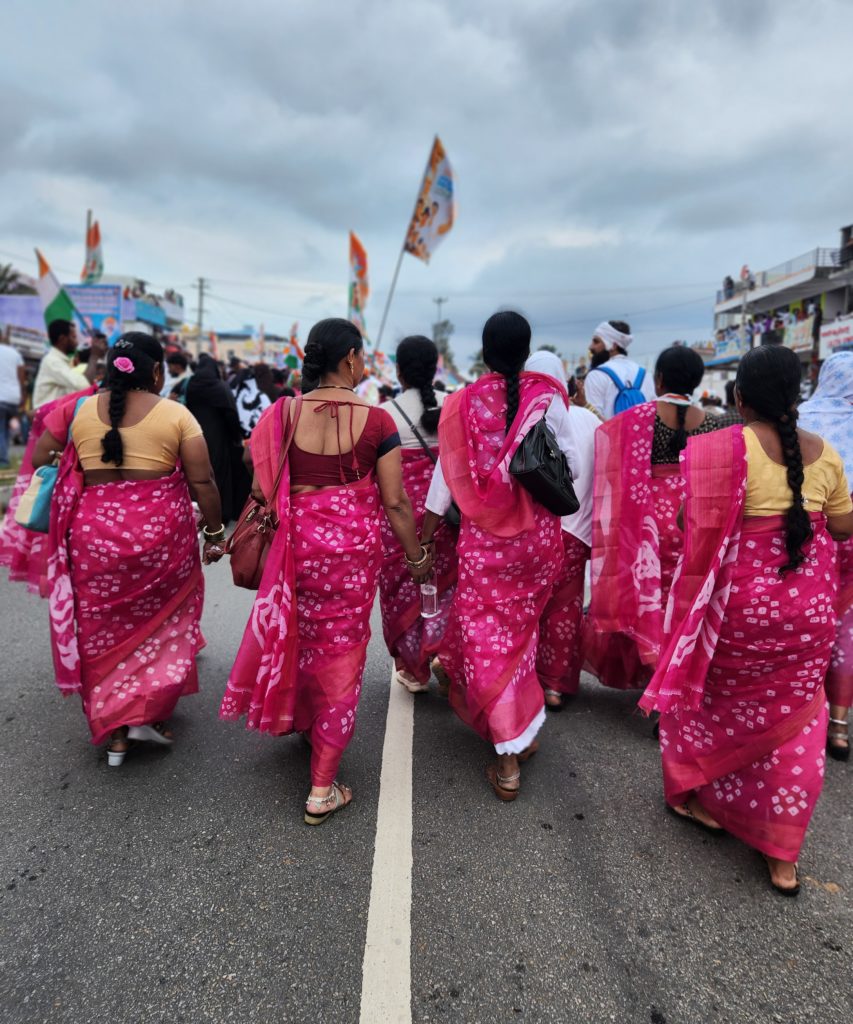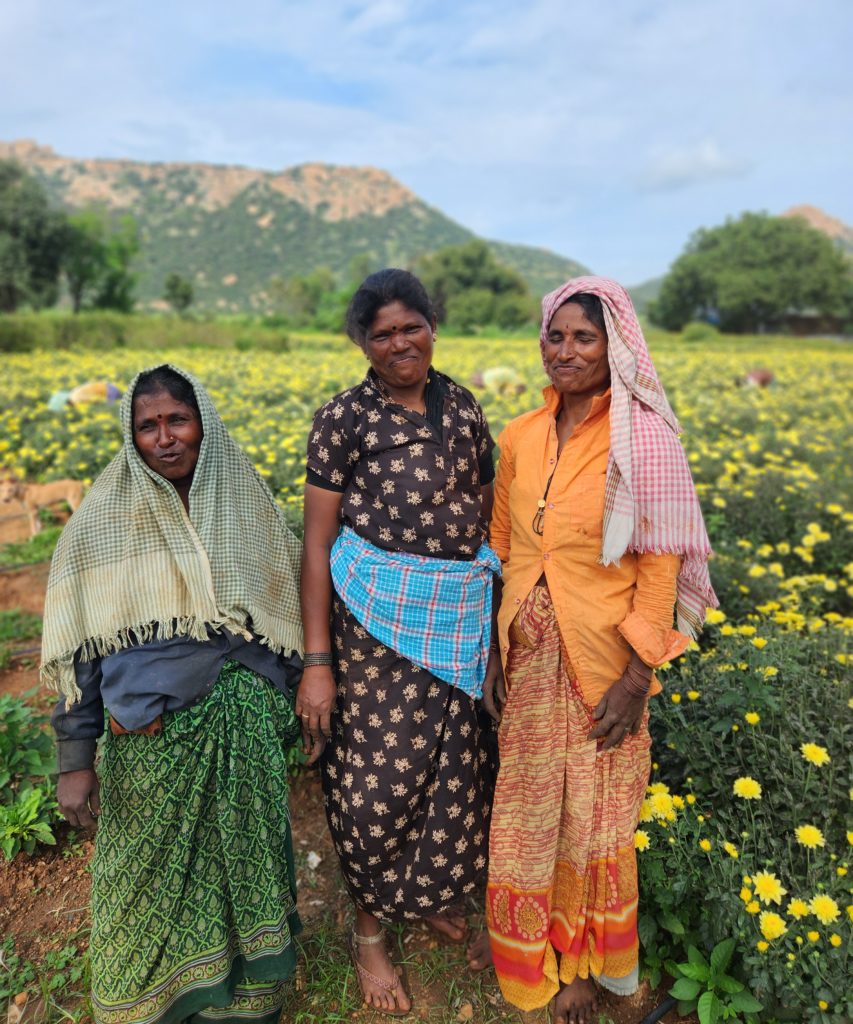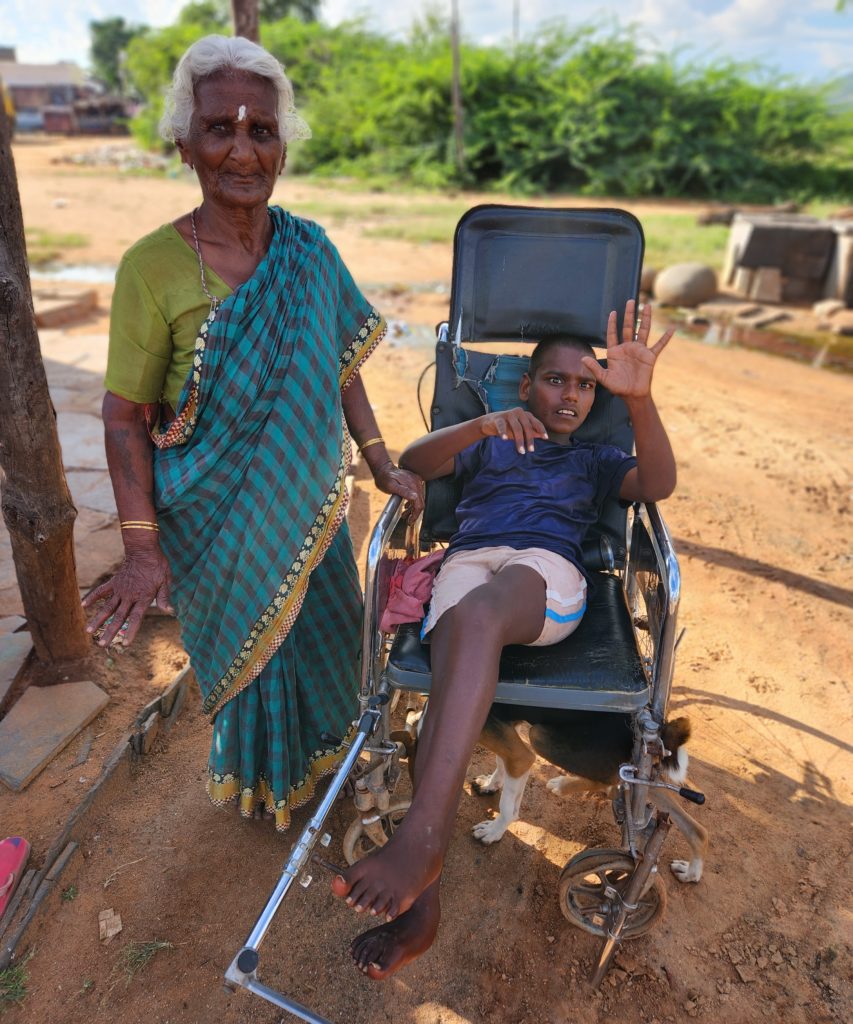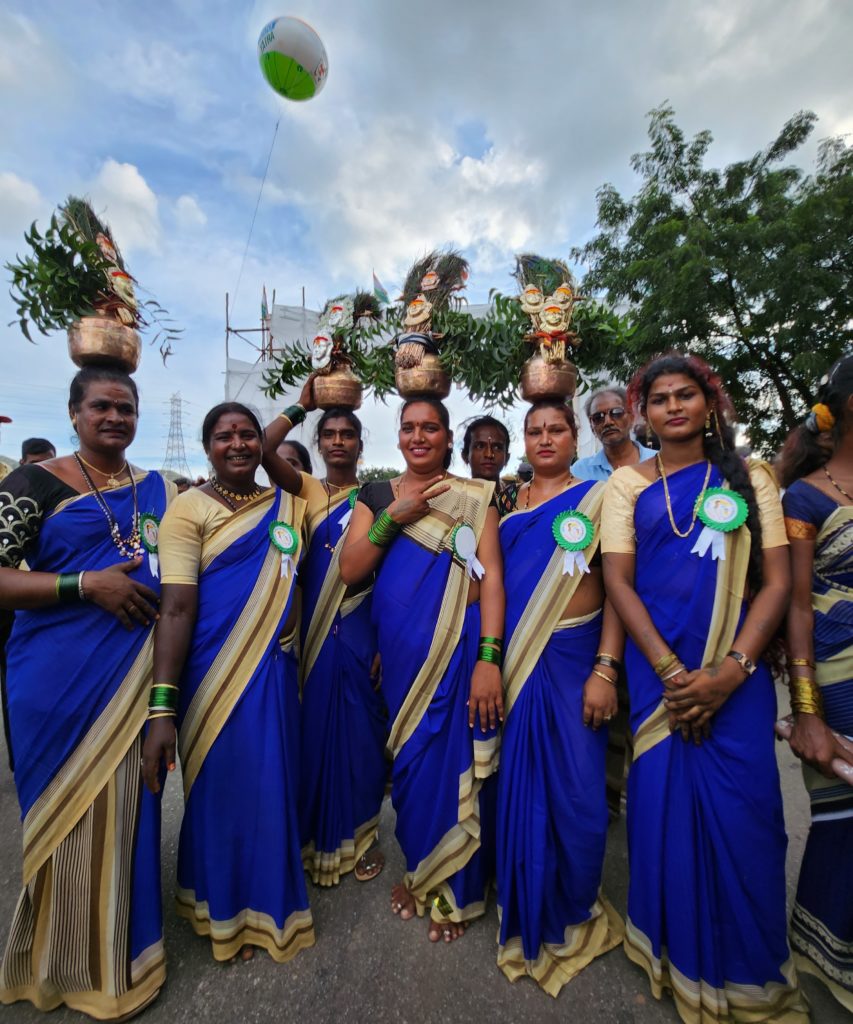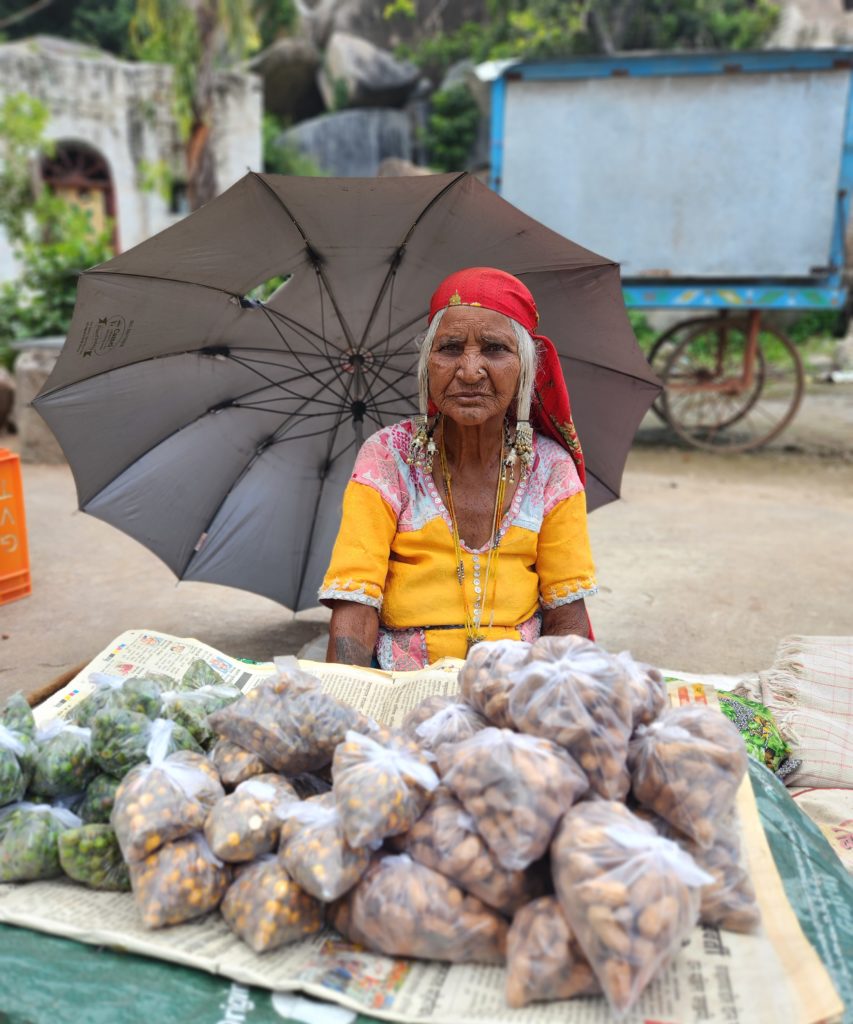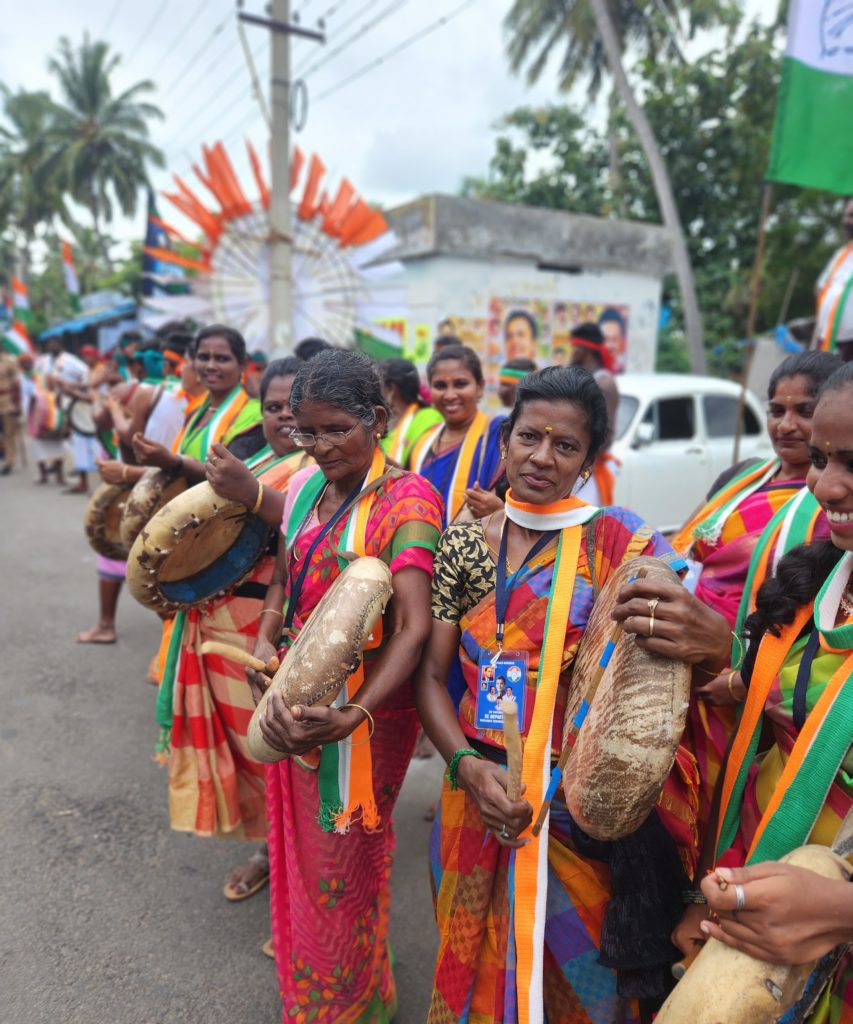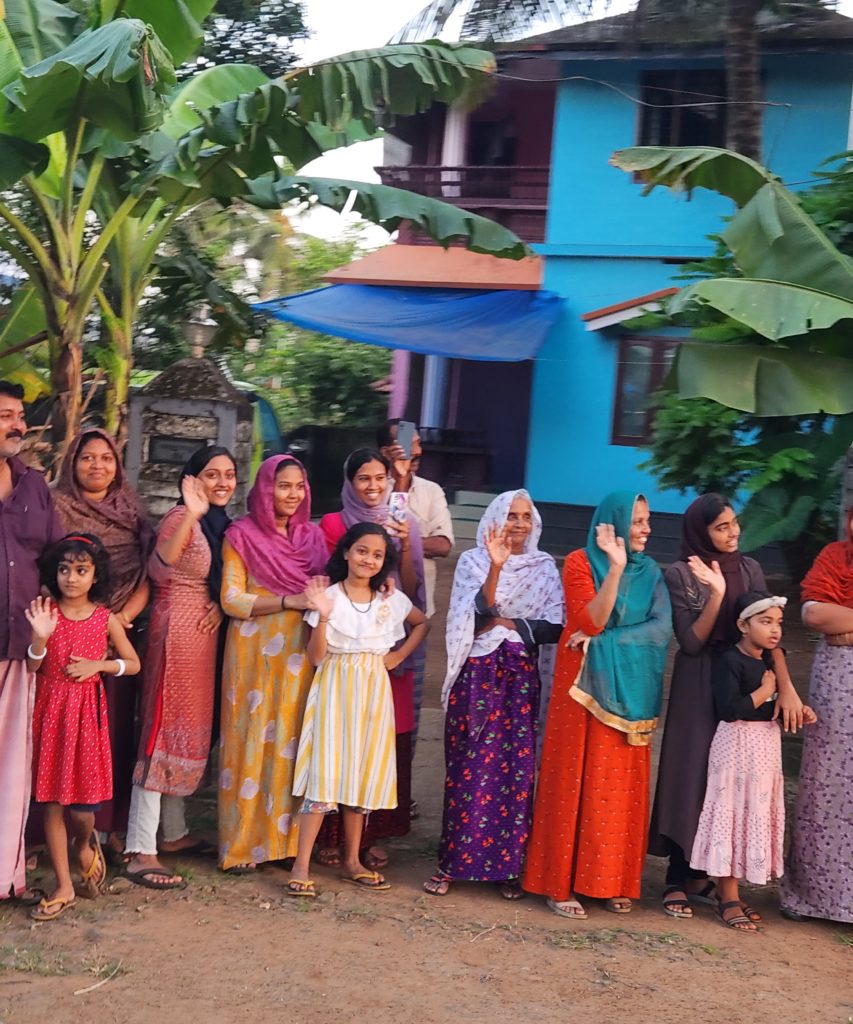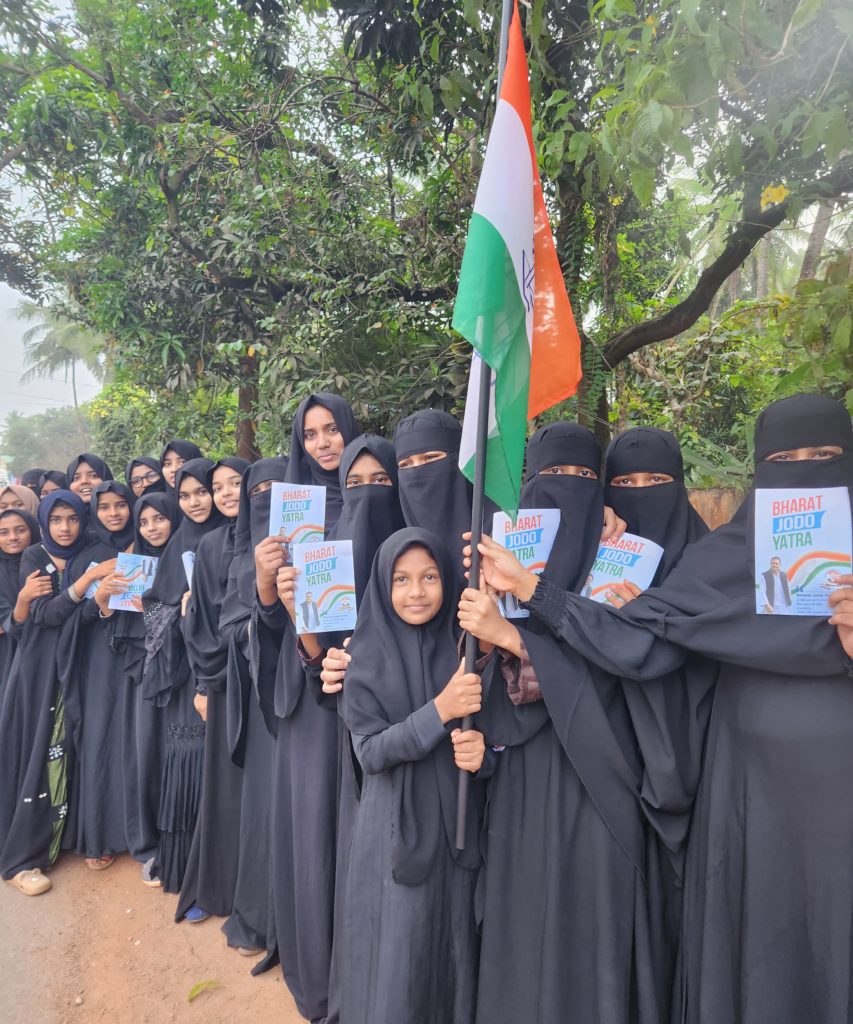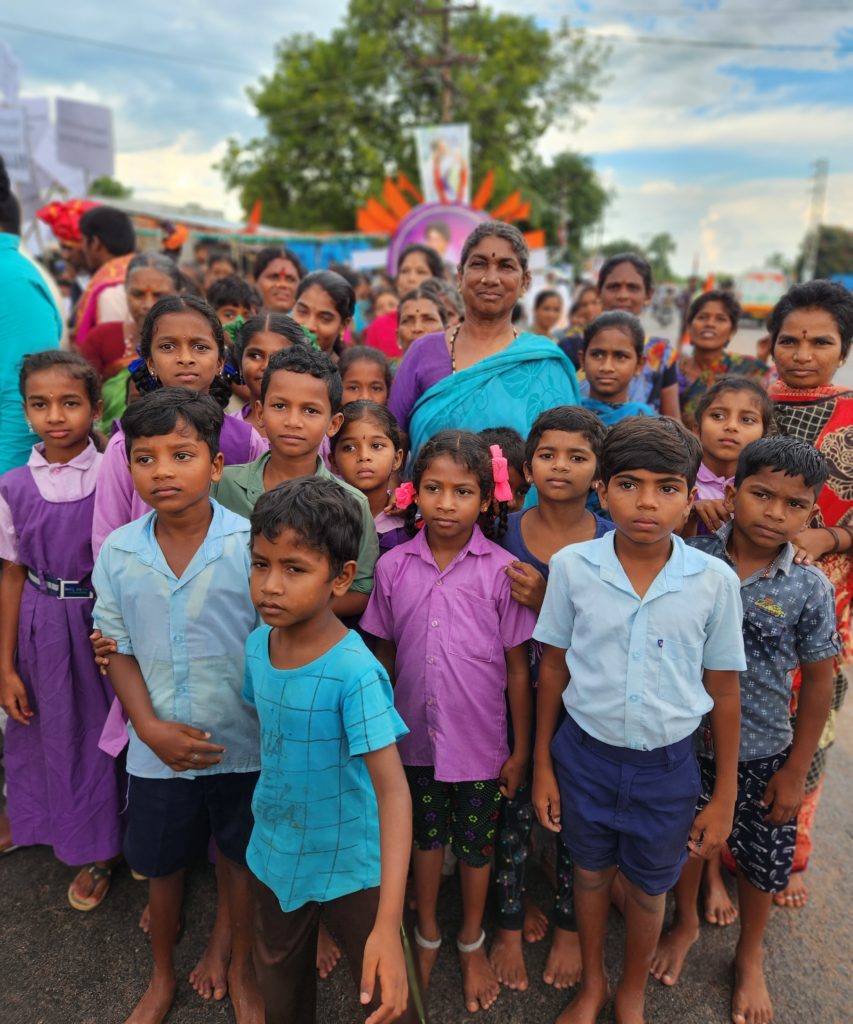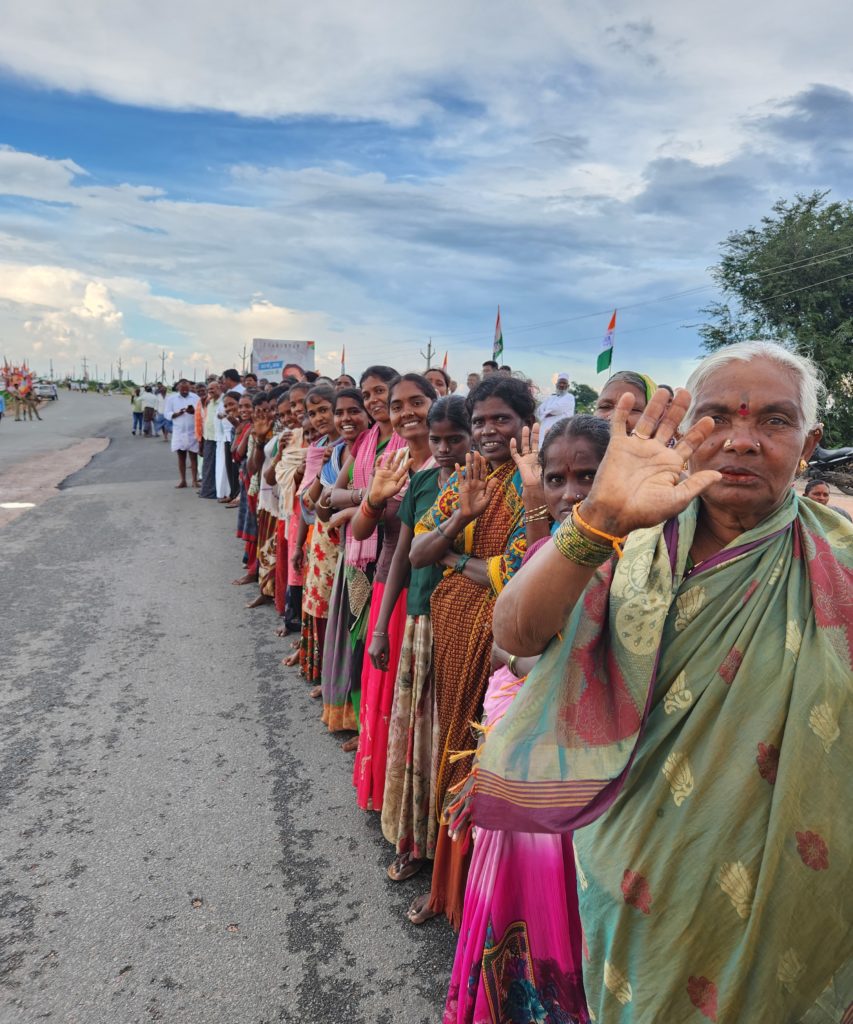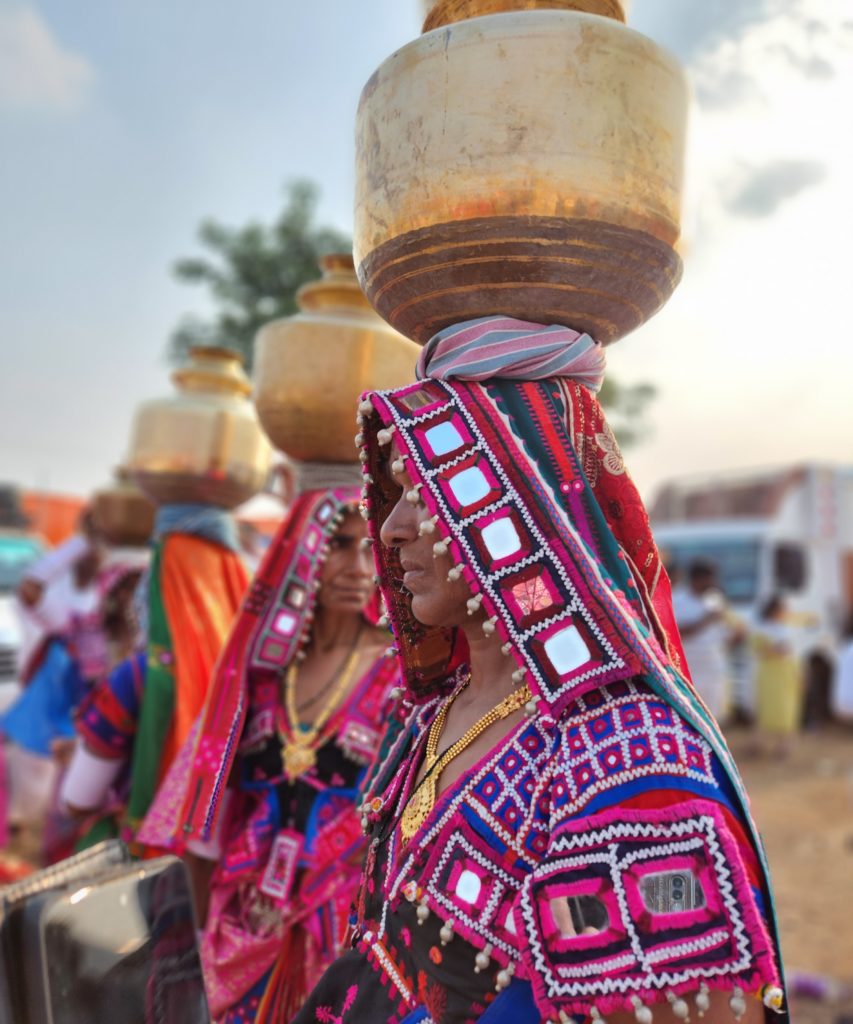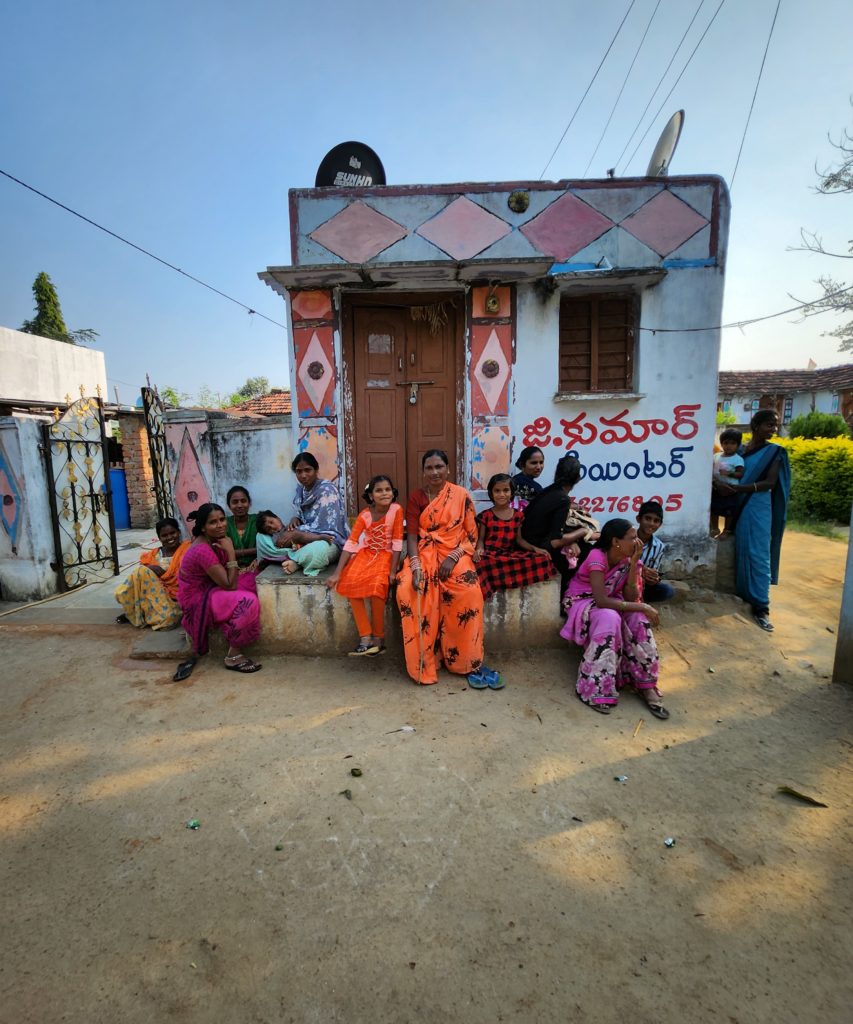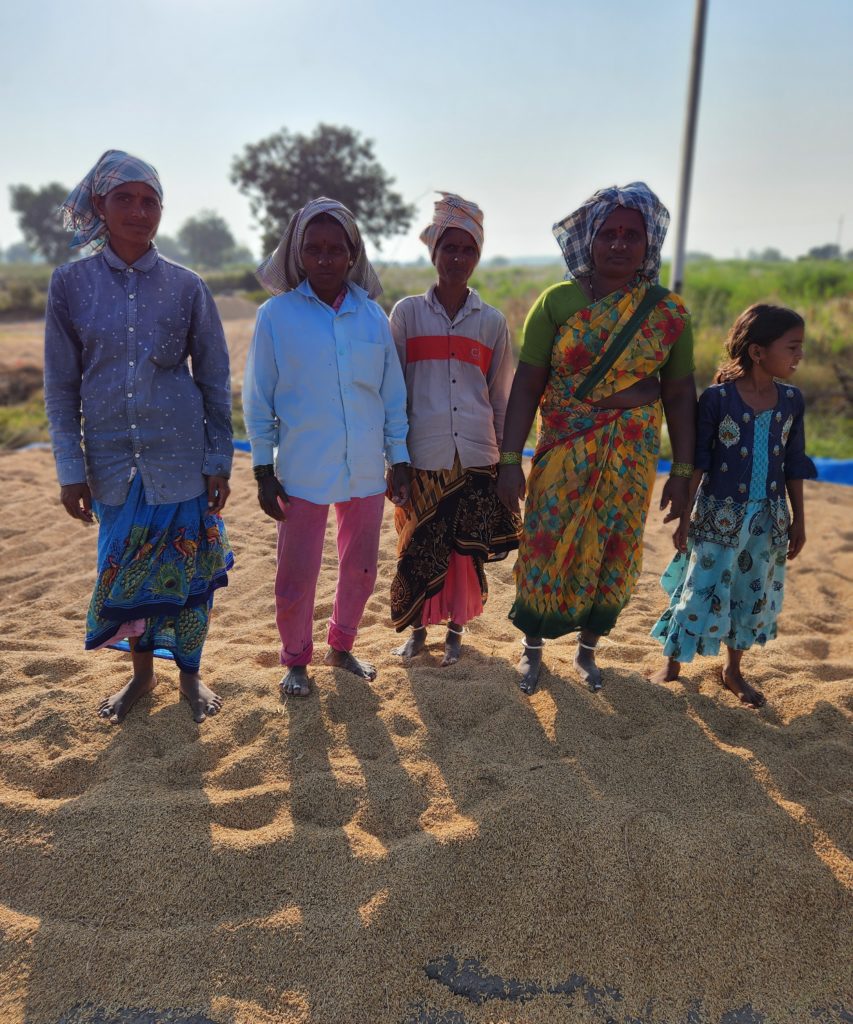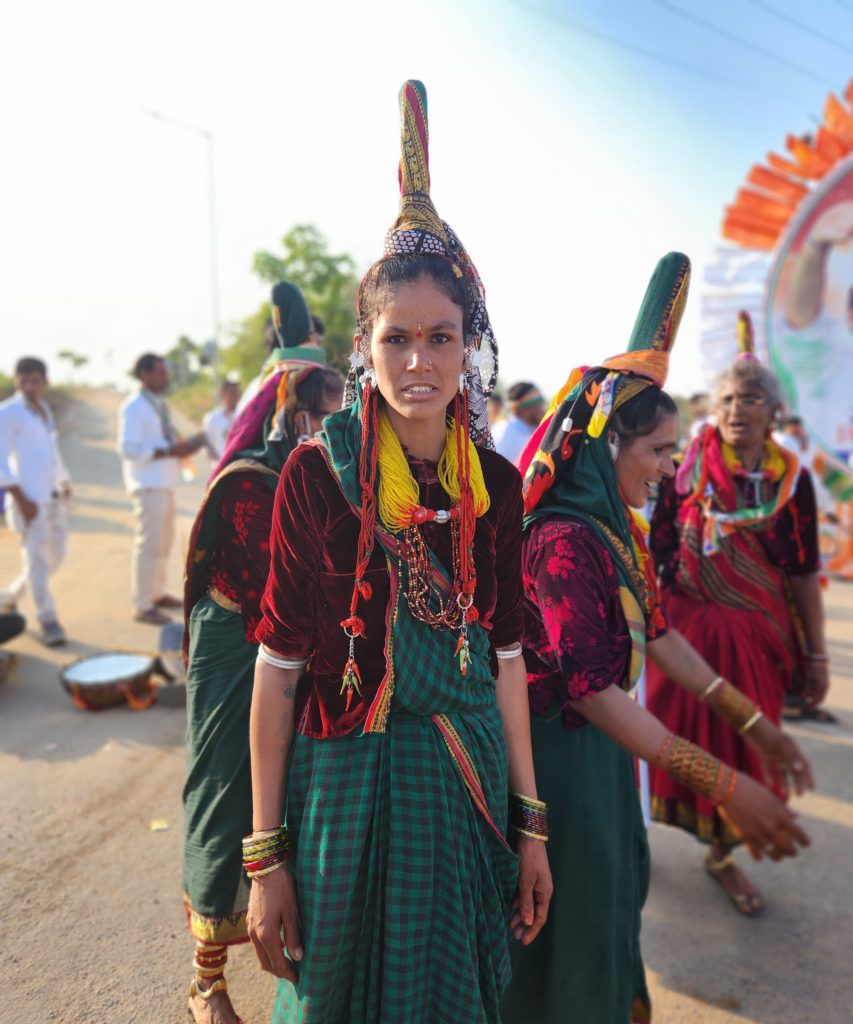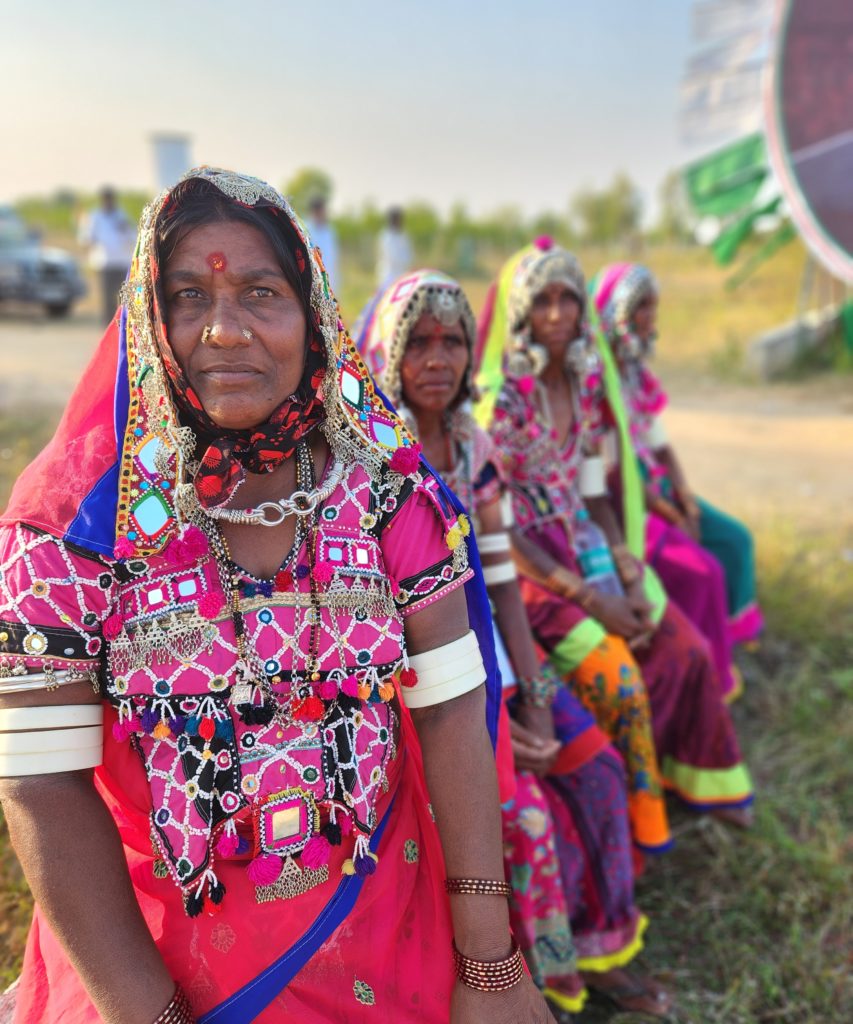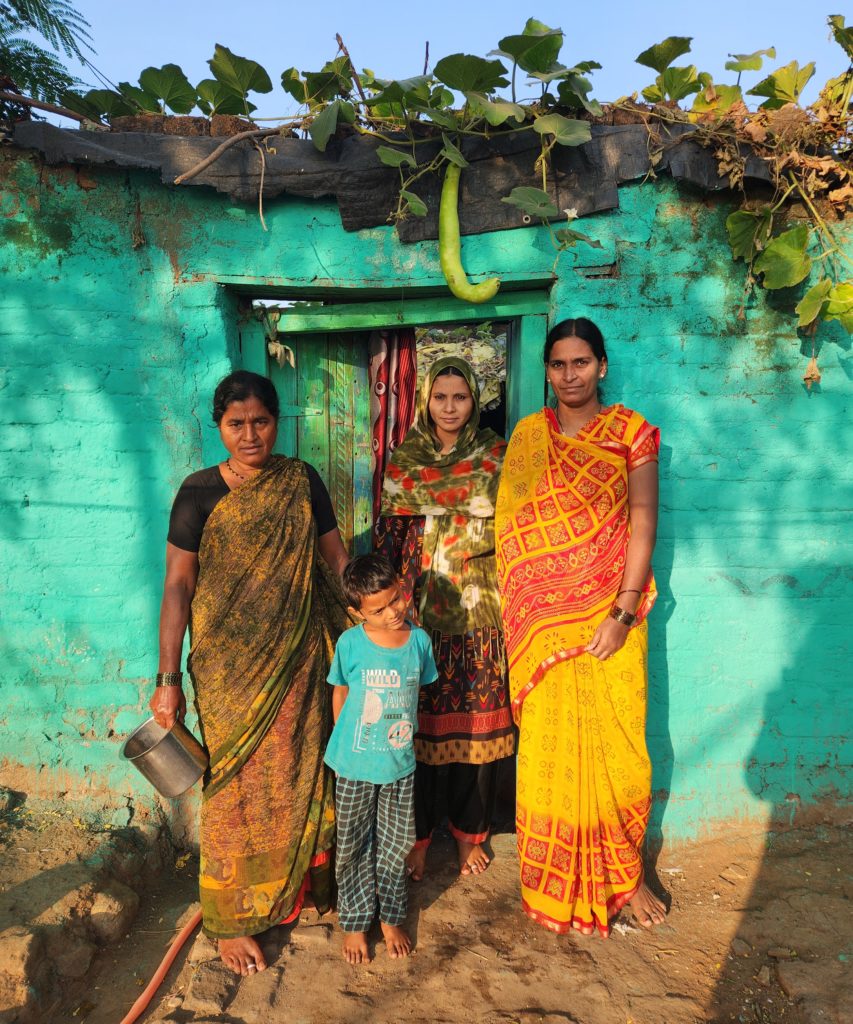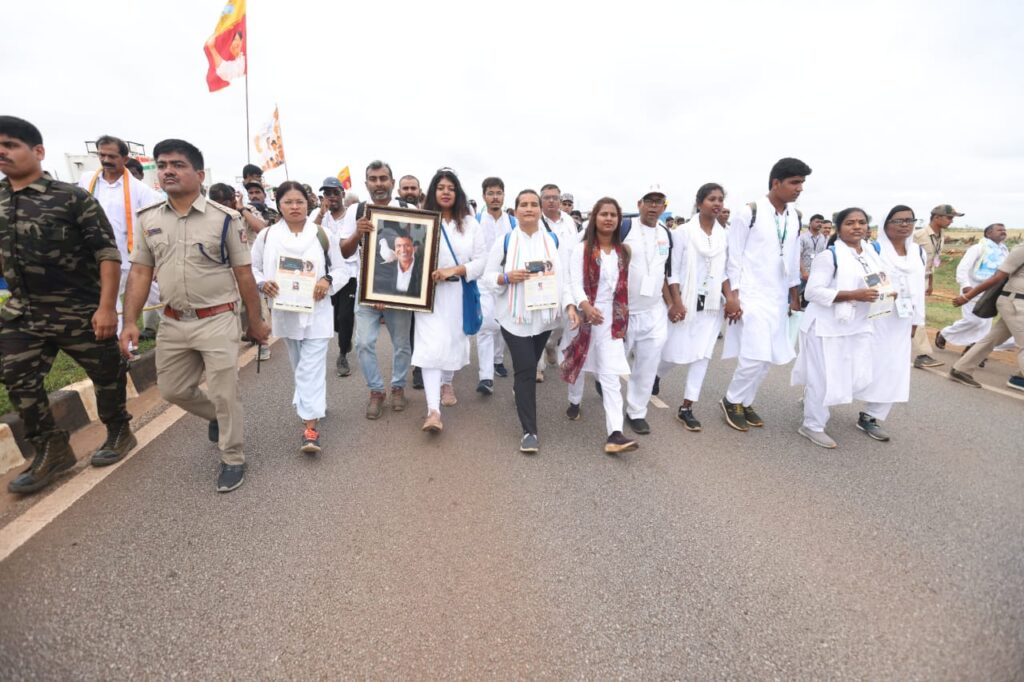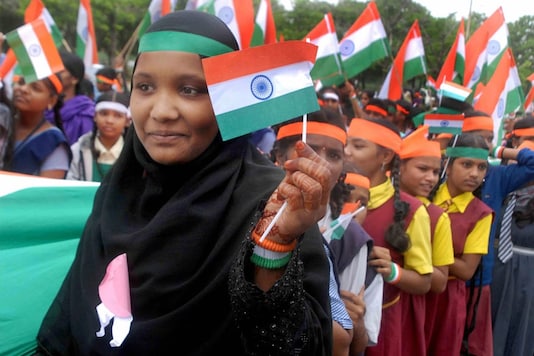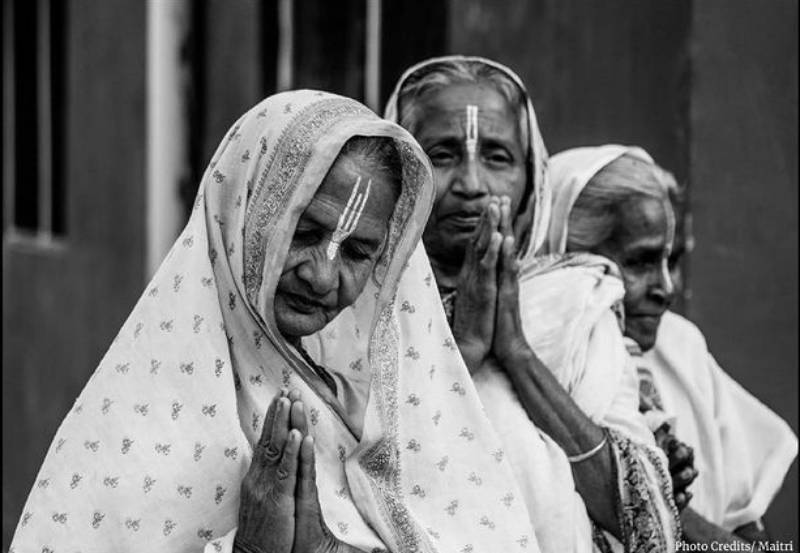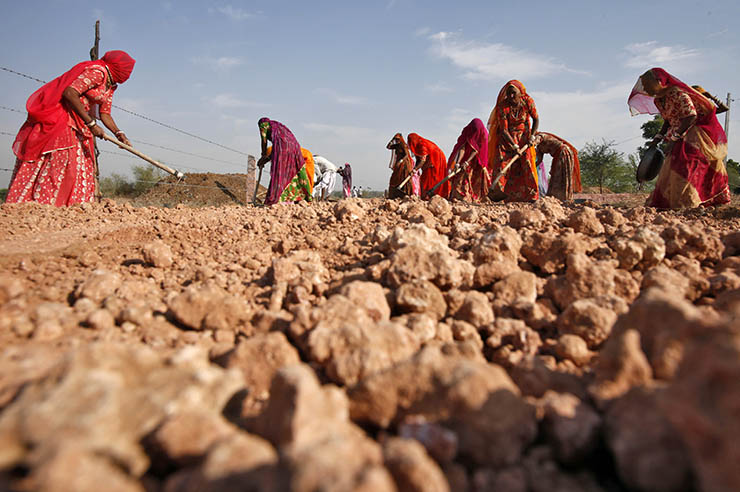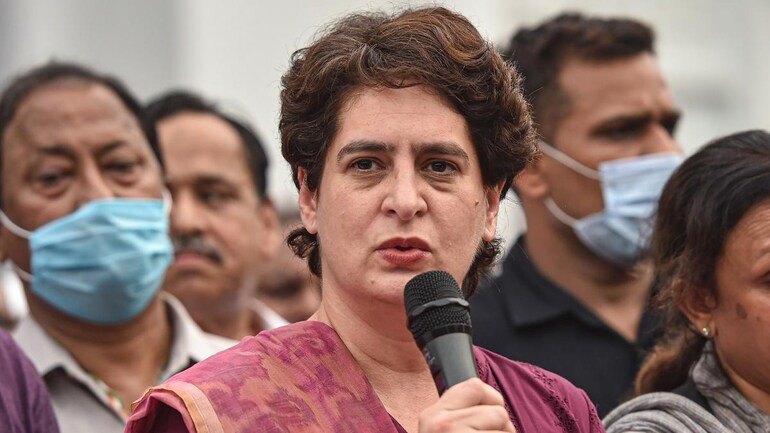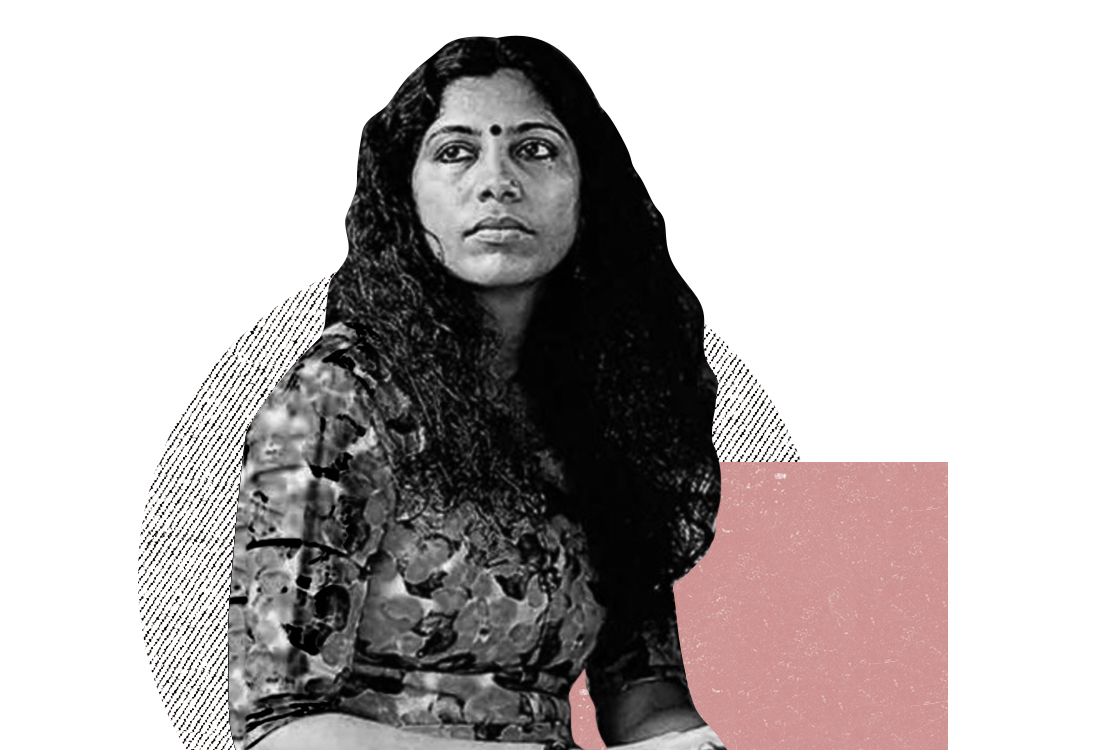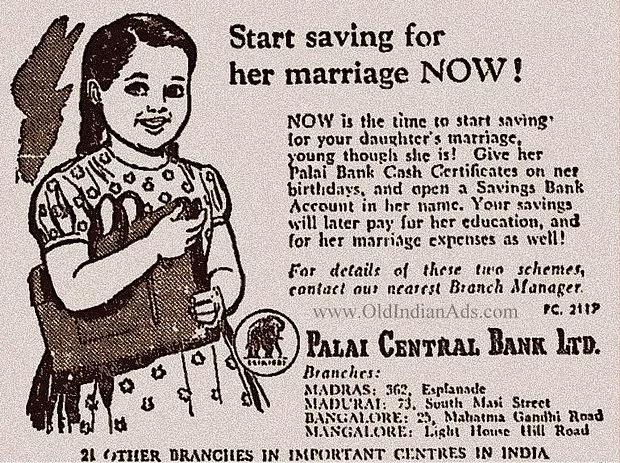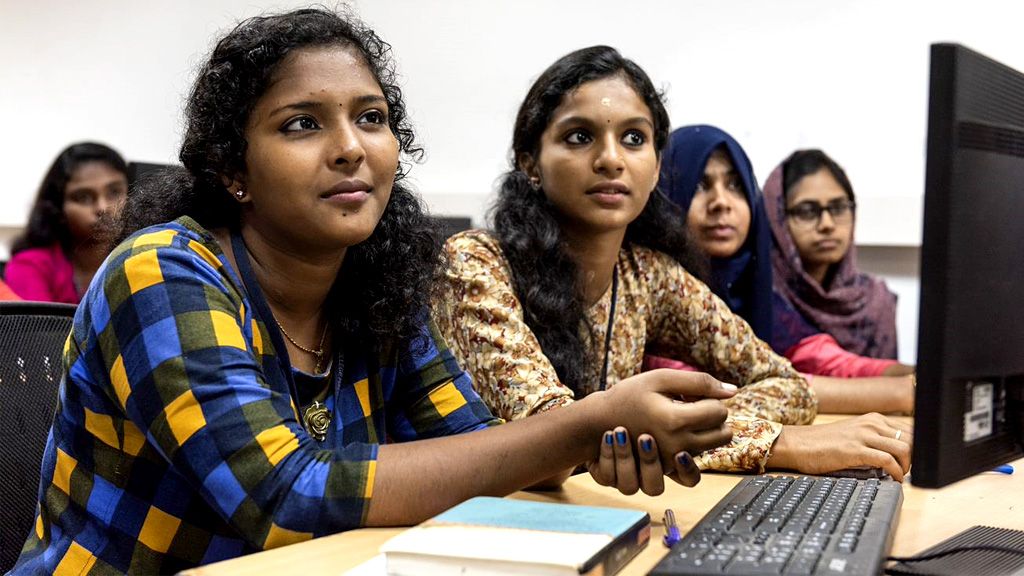By राजेश ओ.पी. सिंह ( इंडिपेंडेट स्कॉलर)
बीते रविवार को हमारे प्रधानमंत्री नरेंद्र मोदी ने विवादों को दरकिनार करते हुए नया संसद भवन देश को समर्पित कर दिया और इतिहास में अपना नाम दर्ज करवा दिया। नया संसद भवन बनाने के पीछे सबसे बड़ा कारण ये बताया गया है कि वर्ष 2026 में देशभर में सीटों का परिसीमन होना है और निश्चित तौर पर सांसदों की संख्या बढ़ेगी जो लोकसभा और राज्यसभा की कुल मौजूदा संख्या 788 से बढ़ाकर 1200 से ज्यादा होने की संभावना है, परंतु फिलहाल संसद के दोनो सदनों में लगभग 800 के आसपास ही सीटें है। इसलिए समय रहते ही यदि नए सांसदों के बैठने की जगह का प्रबंध न किया जाता तो ये विश्व की तेजी से बढ़ती अर्थव्यवस्था वाले देश भारत के लिए विश्व पटल पर अच्छा संदेश नहीं माना जाता। ये हमारे प्रधानमंत्री की दूरदर्शिता का ही परिणाम है कि भविष्य की जरूरत को ध्यान में रखते हुए दोनो सदनों में कुल 1272 सीटों के साथ नए भव्य संसद भवन का निर्माण रिकॉर्ड समय में कर दिखाया।
परंतु महत्वपूर्ण बात ये है कि 10 दिसंबर, 2020 को जिस दिन हमारे प्रधानमंत्री द्वारा इस नए संसद भवन की आधारशिला रखी गई, उसी दिन से इस पर विवाद शुरू हो गए कि कोरोना वायरस की तबाही से पनपे आर्थिक संकट के समय में जब देश में आम जन के सामने खाने का संकट है, ऐसे समय ने नए संसद भवन का निर्माण करना समझदारी भरा कदम नहीं है और अभी नए संसद की जरूरत भी नहीं है I इसे केवल पैसों की बर्बादी कहा गया I कभी पर्यावरण संबधी प्रश्न उठाए गए तो कभी एक प्लॉट के लैंड यूज में बदलाव को चुनौती देते हुए सुप्रीम कोर्ट में याचिका दायर की गई और इसके साथ अनेक प्रश्नों पर बहस हुई परंतु एक जो सबसे महत्वपूर्ण प्रश्न था, वो पीछे छूट गया या छोड़ दिया गया, अर्थात उस पर किसी ने चर्चा नहीं की I
प्रश्न था महिलाओं का, कि नए संसद भवन में जो नई सीटें बढ़ेंगी क्या उनमें आधी आबादी का हिस्सा होगा?
क्या ये केवल पुरुषों के द्वारा पुरुषों के लिए बनाई गई नई संसद होगी? या फिर जब 2026 में देश भर में सीटों का परिसीमन किया जाएगा तब तक महिला आरक्षण बिल भी पास कर दिया जाएगा, जिसमें लोकसभा और विधानसभाओं की कुल सीटों में से 33 फीसदी सीटें महिलाओं के लिए आरक्षित करने का प्रावधान है।
यदि इतिहास पर नजर दौड़ाएं तो उसके आधार पर कहा जा सकता है कि महिला आरक्षण बिल दूर की कौड़ी नजर आता है।
बात शुरू होती है 1993 में 73 वें और 74 वें संवैधानिक संशोधनों से जिनमें स्थानीय सरकारों (ग्रामीण और शहरी) में 33 फीसदी पद महिलाओं के लिए सुरक्षित रखने का प्रावधान किया गया। तभी लोकसभा और राज्यों की विधानसभाओं में भी महिलाओं के लिए 33 फीसदी स्थान सुरक्षित रखने की मांग जोर पकड़ने लगी थी।
एचडी देवगौड़ा के प्रधानमंत्री रहते वर्ष 1996 में पहली बार भारतीय संसद के पटल पर महिला आरक्षण बिल को रखा गया और इसे संयुक्त संसदीय समिति के पास भी भेजा गया पंरतु लोकसभा भंग होने की वजह से ये आगे नहीं बढ़ पाया I
इसके बाद 1998 में दूसरी बार इस बिल को संसद में लाया गया परंतु पास नही हो सका।
अटल बिहारी वाजपेई के नेतृत्व में एनडीए सरकार ने 13 वीं लोकसभा के दौरान 1999 और 2002 में दो बार महिला आरक्षण बिल को संसद पटल पर रखा पंरतु दोनों बार पास नही हो सका।
2004 में यूपीए सरकार ने महिला आरक्षण बिल को अपने कॉमन मिनिमम प्रोग्राम में शामिल किया और वर्ष 2008 में 108वें संवैधानिक संशोधन के तहत महिला आरक्षण बिल को संसद में रखा और एक लंबे वाद विवाद के बाद वर्ष 2010 में संसद के उच्च सदन (राज्यसभा) से इसे मंजूरी मिल गई अर्थात पास हो गया परंतु उसके बाद से आज तक कभी लोकसभा में इस पर कोई बात नहीं हो सकी है।
अभी हाल ही में बीते मार्च महीने में भारतीय राष्ट्र समिति से सांसद कविता ने महिला आरक्षण बिल को लेकर जंतर मंतर पर भूख हड़ताल की थी जिसका कोई खास असर दिखाई नहीं दिया।
पंरतु एक बात यहां ध्यान देने योग्य है कि यदि इच्छा शक्ति मजबूत है तो बिना आरक्षण बिल के भी महिलाओं को प्रतिनिधित्व दिया जा सकता है जैसे भारत के दो राज्यों पश्चिमी बंगाल में तृणमूल कांग्रेस और ओडिसा में बीजू जनता दल अपने कुल उम्मीदवारों में से 33 फीसदी उम्मीदवार महिलाओं को बनाती है। इन्हीं की तरह दूसरे दल भी ये कार्य कर सकते हैं पंरतु दृढ़ इच्छा शक्ति के अभाव में कोई भी दल ये नही कर रहा है। और उसी का नतीजा है कि संसद और विधानसभाओं में महिलाओं का प्रतिनिधित्व केवल 10 फीसदी के आसपास है।
अब असल प्रश्न है कि आखिर कब गूंजेगी आम महिला की आवाज संसद के गलियारों में I हमें इस प्रश्न का जवाब ढूंढना होगा।
ये तो था महिला आरक्षण बिल का इतिहास परंतु क्या हमारे प्रधानमंत्री से उम्मीद की जा सकती है कि जैसे उन्होंने अपने कार्यकाल में अनेकों ऐतिहासिक कार्यों को अमली जामा पहनाया है, वैसे ही सभी बहसों और प्रश्नों को दरकिनार कर महिला आरक्षण बिल को भी पास करवा कर आधी आबादी के पक्ष में एक नया इतिहास लिखेंगे। यदि वो ऐसा कर पाते हैं तो निश्चित रूप से आधी आबादी के लिए ये एक वरदान से कम नहीं होगा।



